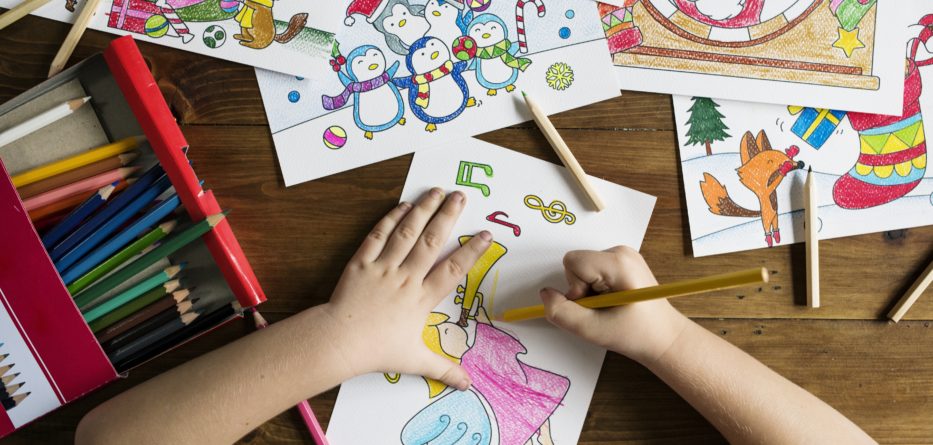Child Trends
New study finds growing evidence for model that supports the whole child
A new Child Trends report, Making the Grade: A Progress Report, finds growing evidence for a rapidly expanding approach to educational achievement known as integrated student supports (ISS). This school-based approach to promoting students’ academic success provides support for the whole child, addressing both academic and nonacademic barriers to achievement.
“Although the high school graduation rate has risen over the past decade, the United States still lags other countries, and large disparities persist in academic outcomes,” said Kristin Anderson Moore, PhD, a senior scholar at Child Trends and lead author of the study. “Our new report finds that ISS programs are well-suited for addressing the academic and nonacademic needs of at-risk students, if they are implemented with high quality,” added Moore.
ISS programs are now available in all 50 states, connecting struggling children with secure housing, medical care, food assistance, tutoring, and other supports.
The report comes at a critical time for states and school districts as they begin the early stages of implementing the federal Every Student Succeeds Act, which explicitly encourages the use of ISS models. With ISS continuing to expand across the country, Making the Grade: A Progress Reportprovides educators, policymakers, and communities with access to the latest research on ISS to inform broad-based planning for schools to support children and their families.
“For the first time since 2009, states have $400 million in formula dollars to support student health and safety under the Student Support and Academic Enrichment program,” said Kristen Harper, Ed.M., Child Trends’ senior policy specialist. “This report is an important resource for states as they decide how best to invest these dollars to advance education equity by building community schools, implementing wraparound supports, or embedding ISS in school accountability as a mechanism to better serve students in struggling schools.”
Child Trends synthesized findings from relevant resources—including evaluations, child development research and theory, implementation reports, interviews with principals, benefit/cost analyses, and analyses using the Social Genome Microsimulation model. AT&T provided funding for the Child Trends research report and its dissemination.
Key Findings
The report’s conclusions are optimistic about the effectiveness of ISS.
- Evaluation studies find a mix of positive and null (nonsignificant) findings, but there are virtually no negative effects seen across any of the evaluations.
- Several strong evaluations find support for specific ISS models, including City Connects, Communities in Schools in Chicago, the Harlem Children’s Zone’s Promise Academy, and Diplomas Now.
- The report offers new evidence of the long-term benefits of ISS models. Cost-benefit studies and a microsimulation model that forecasts long-term outcomes both find that students’ participation in effective ISS interventions will have long-term benefits.
- High-quality program implementation is important but requires the provision of adequate resources.
Top Recommendations for Policymakers, Funders, and Practitioners
- Invest in implementation science as the next critical frontier for research and practice. The concrete elements that comprise successful ISS implementation is evolving slowly among researchers and educators.
- Encourage studies that measure nonacademic outcomes to grow the evidence base for ISS.Nonacademic outcomes are rarely measured as part of evaluations, which limits field researchers’ understanding of the mechanisms that drive ISS success.
- Provide technical assistance products and services to help practitioners align ISS implementation with other popular student support frameworks and programs, such as multi-tiered systems of support and social and emotional learning.






